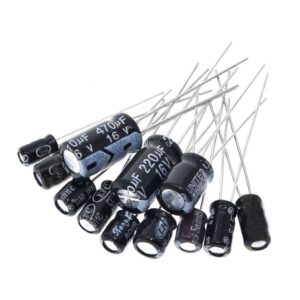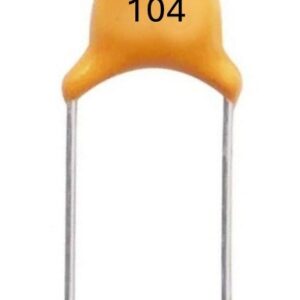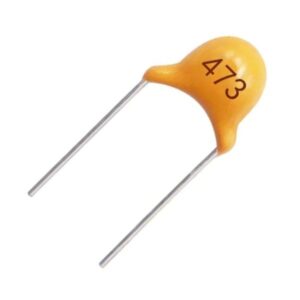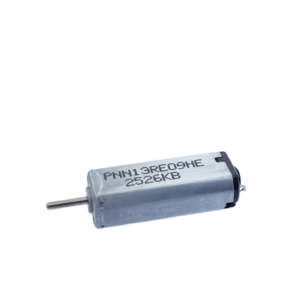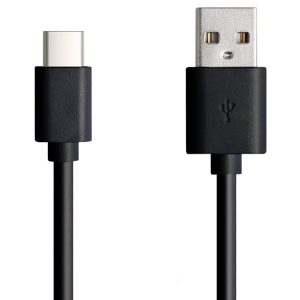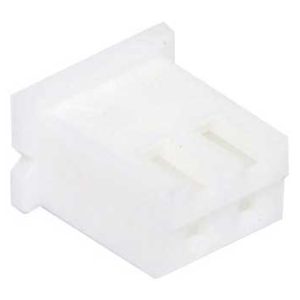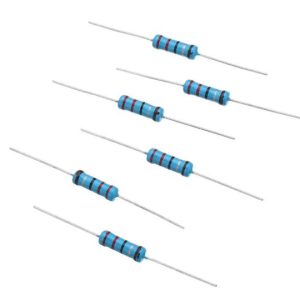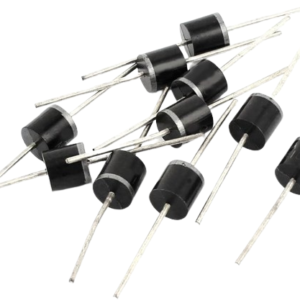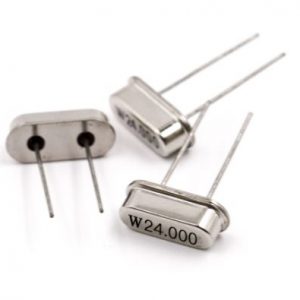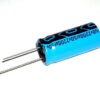Electrolytic Capacitor 2200uF 50V
Electrolytic Capacitor 2200uF 50V
Commonly used as filters in devices in various power supplies to reduce the voltage ripple as well as input and output smoothing as an LPF
8 in stock

8 in stock
Electrolytic Capacitor 2200uF 50V
REA Series PCB
- Tolerance: ±20%
- Pitch: 7.5 mm
- Diameter: 18.0 mm
- Height: 41.0 mm
- Voltage: 50V DC
- Surge Voltage: 63V DC
- Ripple Current: 1689 mA
- Temperature Range: -40°C to +85°C
Reference:
What is an Electrolytic Capacitor?
Electrolytic capacitors family tree
Electrolytic Capacitor as to the basic construction principles of electrolytic capacitors. There are three different types: aluminium, tantalum, and niobium capacitors. These three capacitor families use non-solid and solid manganese dioxide or solid polymer electrolytes. A great spread of different combinations of anode material and solid or non-solid electrolytes is available here.

Depending on the nature of the anode metal used and the electrolyte used, there is a wide variety of electrolytic capacitors.
Basic materials and construction
Electrolytic capacitors use a chemical feature of special metals, previously called “valve metals”, which on contact with a particular electrolyte, form a very thin insulating oxide layer on their surface by anodic oxidation, which can function as a dielectric. There are three different anode metals in use for electrolytic capacitors:
Aluminium electrolytic capacitors use a high-purity etched aluminium foil with aluminium oxide as dielectric
Tantalum electrolytic capacitors use a sintered pellet (“slug”) of high-purity tantalum powder with tantalum pentoxide as dielectric.
Niobium electrolytic capacitors use a sintered “slug” of high-purity niobium or niobium oxide powder with niobium pentoxide as the dielectric.
To increase their capacitance per unit volume, all anode materials are either etched or sintered and have a rough surface structure with a much higher surface area compared to a smooth surface of the same area or the same volume. By applying a positive voltage to the above-mentioned anode material in an electrolytic bath an oxide barrier layer with a thickness corresponding to the applied voltage will be formed (formation). This oxide layer acts as dielectric in an electrolytic capacitor. The properties of this oxide layers are given in the following table:
Other Related Products:
120 Pack of Electrolytic Capacitors Pack 2
| Weight | 0.015 kg |
|---|---|
| Dimensions | 4.2 × 2 × 2 cm |
Product Applications
Electrolytic Capacitor 2200uF
Is an Electrolytic Capacitor 2200uF uses an electrolyte (a liquid or gel containing a high concentration of ions) to achieve a large capacitance than the other capacitor types. These electrolytic capacitors are polarized, meaning that the voltage on the positive terminal must always be greater than the voltage on the negative terminal. They are commonly used as filters in devices in various power supplies to reduce the voltage ripple as well as input and output smoothing as an LPF





